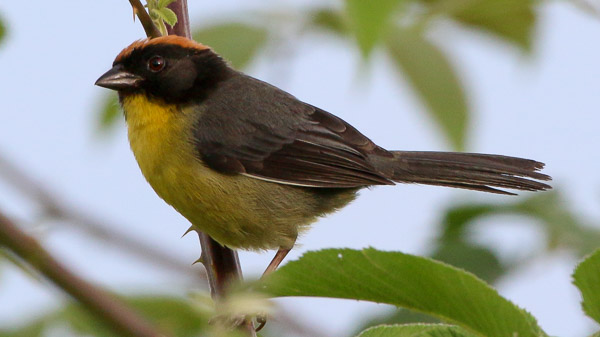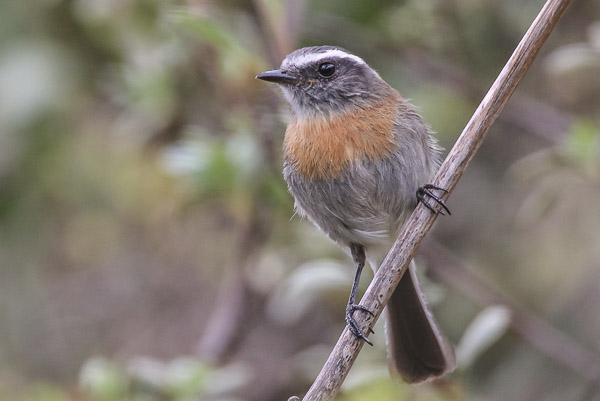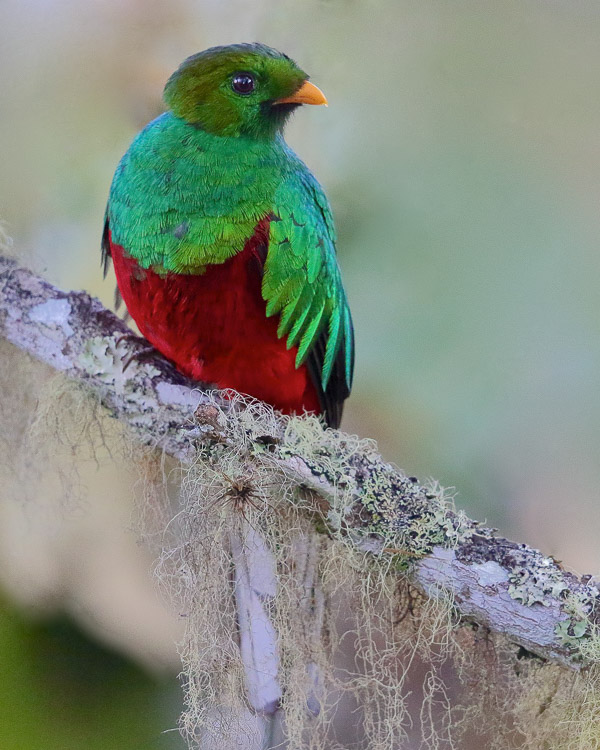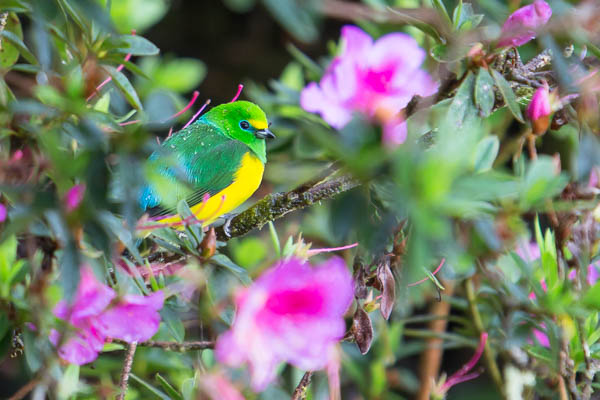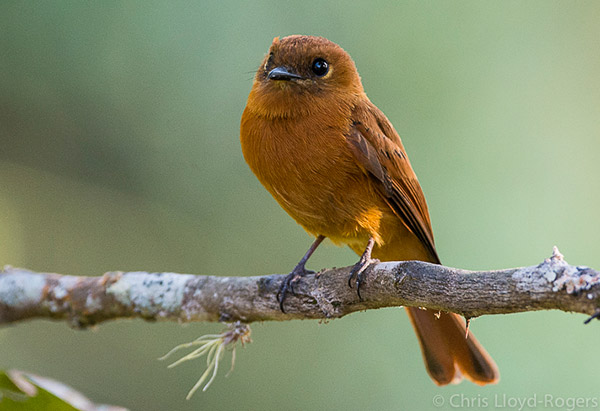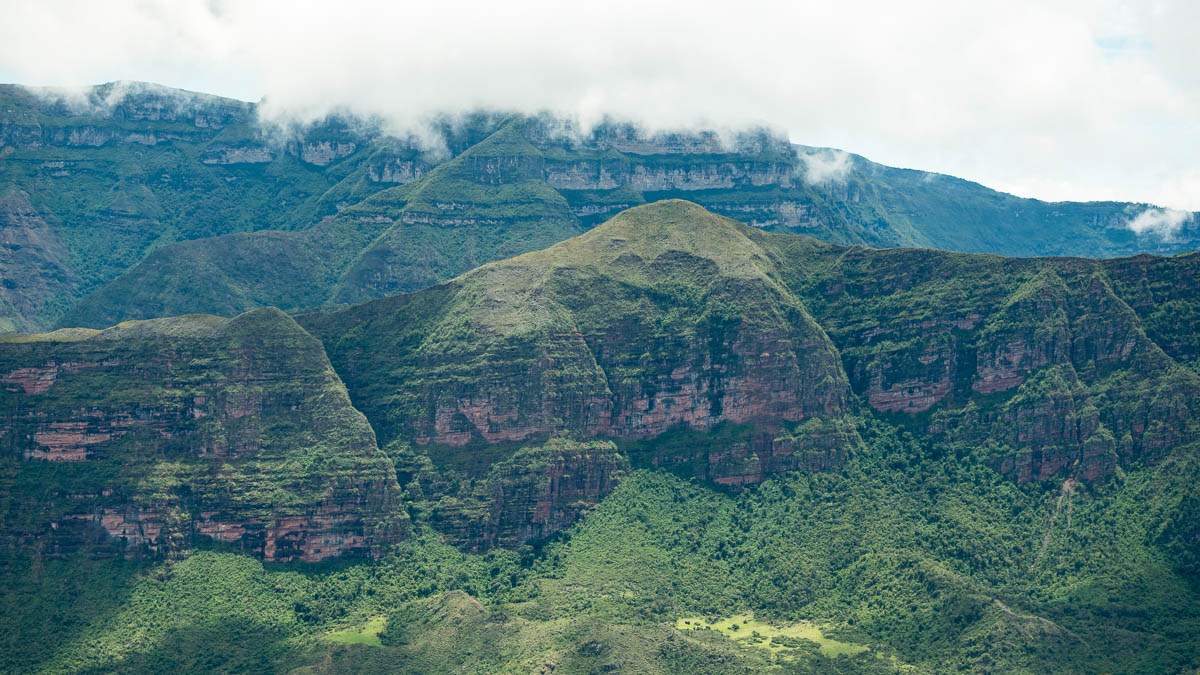
Serranía de Perijá. Photo: Chris Fischer Photography
Perijá Mountains
Straddling the Colombian-Venezuelan Border, the Perijá Mountains are home to endangered and endemic species including the Perijá Thistletail, Perijá Metaltail, Perijá Brush-Finch, and the newly described Perijá Tapaculo. One of the least-known regions in the Northern Andes, the Perijá holds much for discovery.
The Perijá Mountains (Serranía de Perijá) are like the Holy Grail for birders interested in Colombia's birds. This isolated offshoot of the Eastern Andes forms the border with Venezuela and it is one of the least explored areas in Colombia. So much of Colombia suffered from the internal strife that lingered here for decades, and Perijá was a final stronghold. Yet since 2009, the area has been clear of any political problems, and only now are birders beginning to venture to this amazing set of endemic rich mountains.
A new birding lodge, ProAves's Chamicero del Perijá Reserve started receiving tourists in May of 2015. It is a small, but comfortable lodge and surrounded by amazing montane forest.
Currently the Serranía de Perijá is considered to have four endemic species, the Perijá Metaltail, Perijá Thistletail, Perijá Sierrafinch and the newly described Perijá Tapaculo. Yet, this is where things get interesting! This area has been out of reach for birders and scientists for decades until now, and even a cursory visit to the area finds that many common species, such as the Rufous Spinetail and the local version of Yellow-breasted Brush-Finch are in fact certainly endemic species! And these are the common ones, many new discoveries await as birders and biologists increase their visits to Perijá. There is a spinetail here that could be a new species — it is little known, and so far a resolution of what it is has not been reached. Talk about exciting! It may not eventually rival Santa Marta in the number of endemics, but it will come close once taxonomy is updated for these birds. This is a unique area, still being discovered, and not only that but it is gorgeous and wonderful to be in. The morning views across the valley to the Sierra Nevada are breathtaking.
Other birds here include Crested and Golden-headed Quetzal, Barred Fruiteater, Andean Condor, Black-chested Buzzard-Eagle, Plushcap, and Buff-breasted Mountain-Tanager. A unique looking form of Lacrimose Mountain-Tanager is common in the higher areas, as well as another unique endemic that may one day be a full species, the local form of the Golden-bellied Starfrontlet. Hook-billed Kites are relatively easy to see here, and with luck the White-rumped Hawk or even Black-and-chestnut Eagle may fly through. The road that reaches the reserve continues into Páramo habitats, where Rufous-chested Chat Tyrants abound, and Páramo Seedeater may be found as well as many Tyrian Metaltail and fewer of the stunningly purple tailed endemic Perijá Metaltail. The ability to move from Montane Forest to Páramo, and then down to foothill subtropical areas will give you more than enough to look at. This area is right on the cusp of discovery, and now is the time to go. Who knows you may be in on a new species even! You never know!

